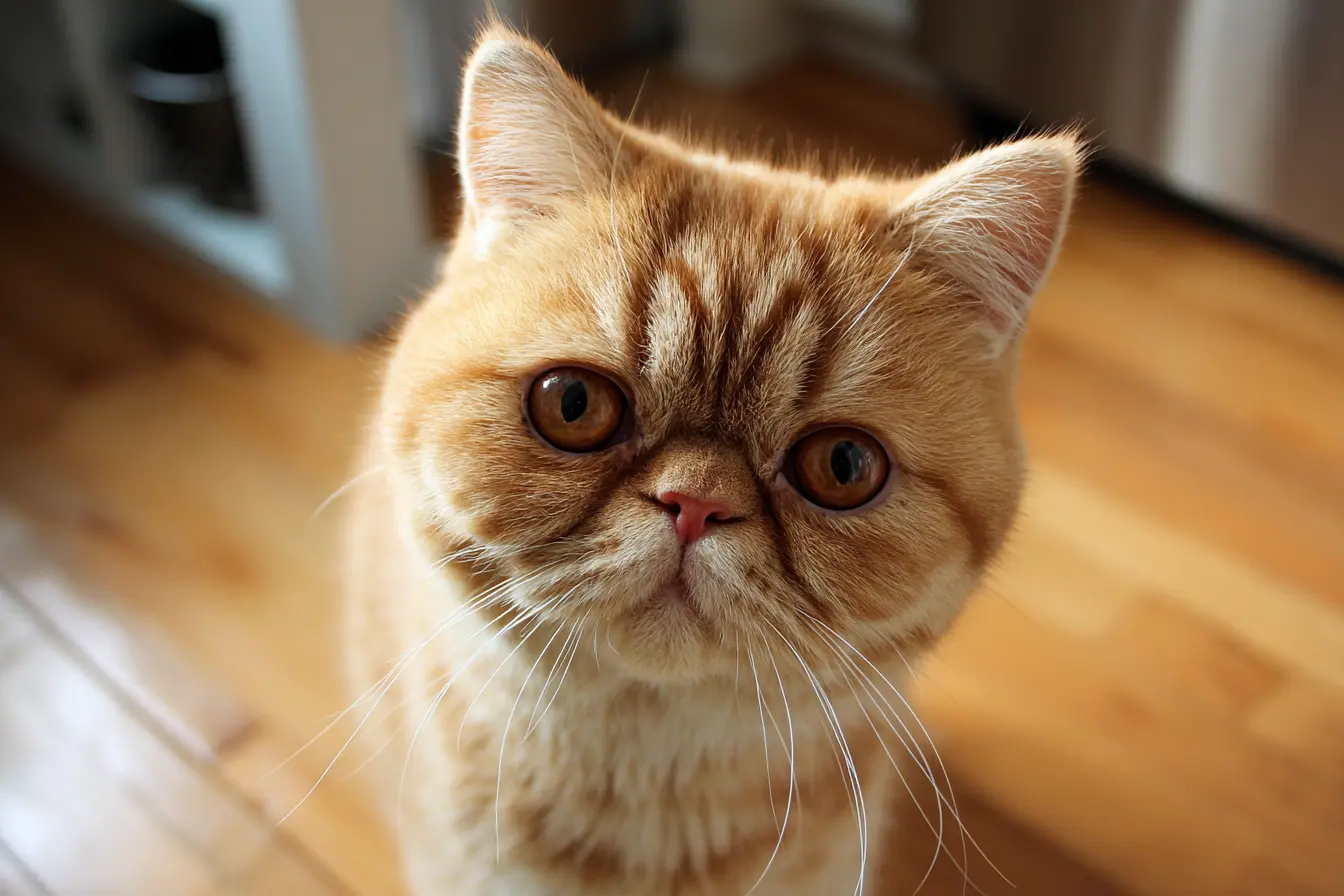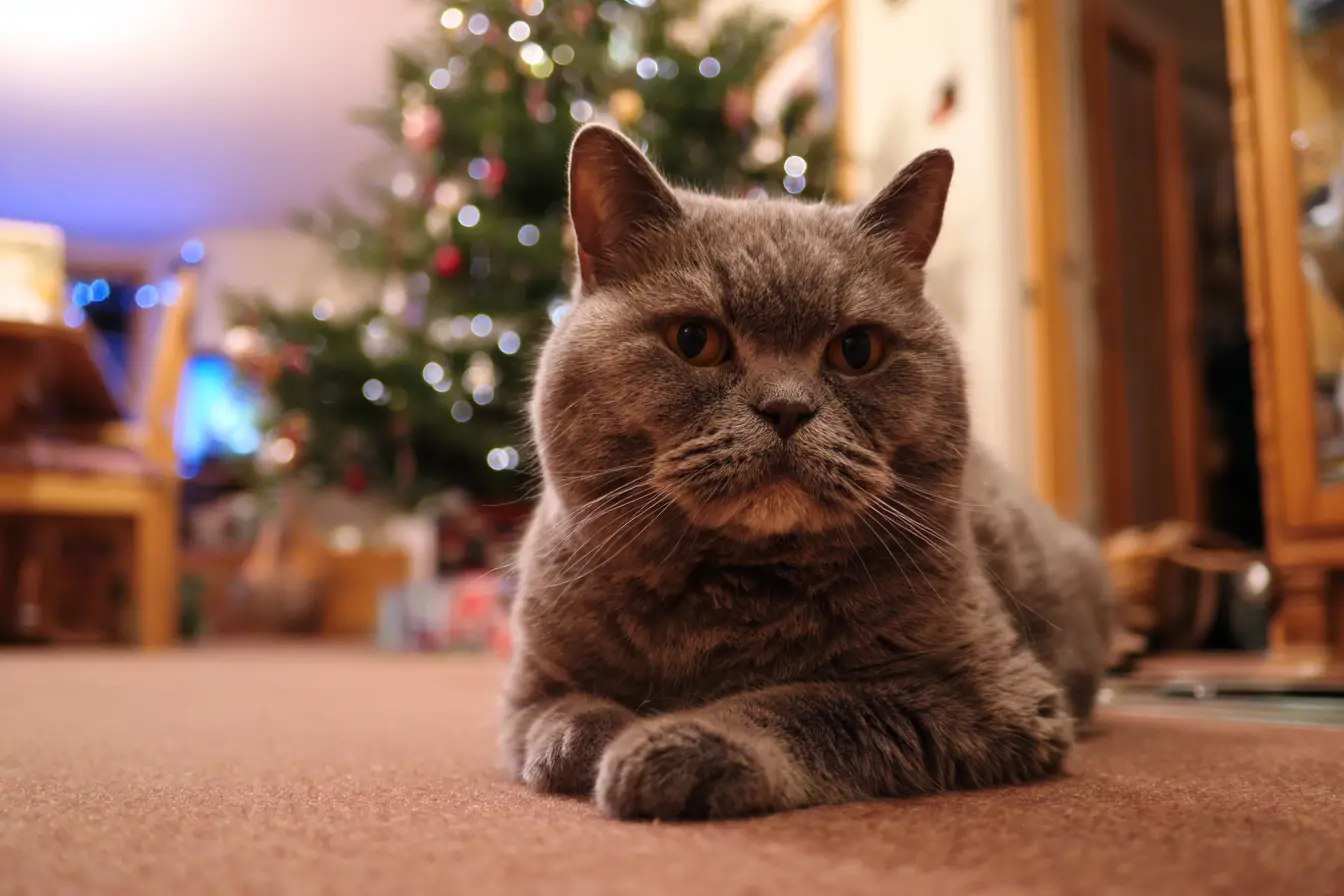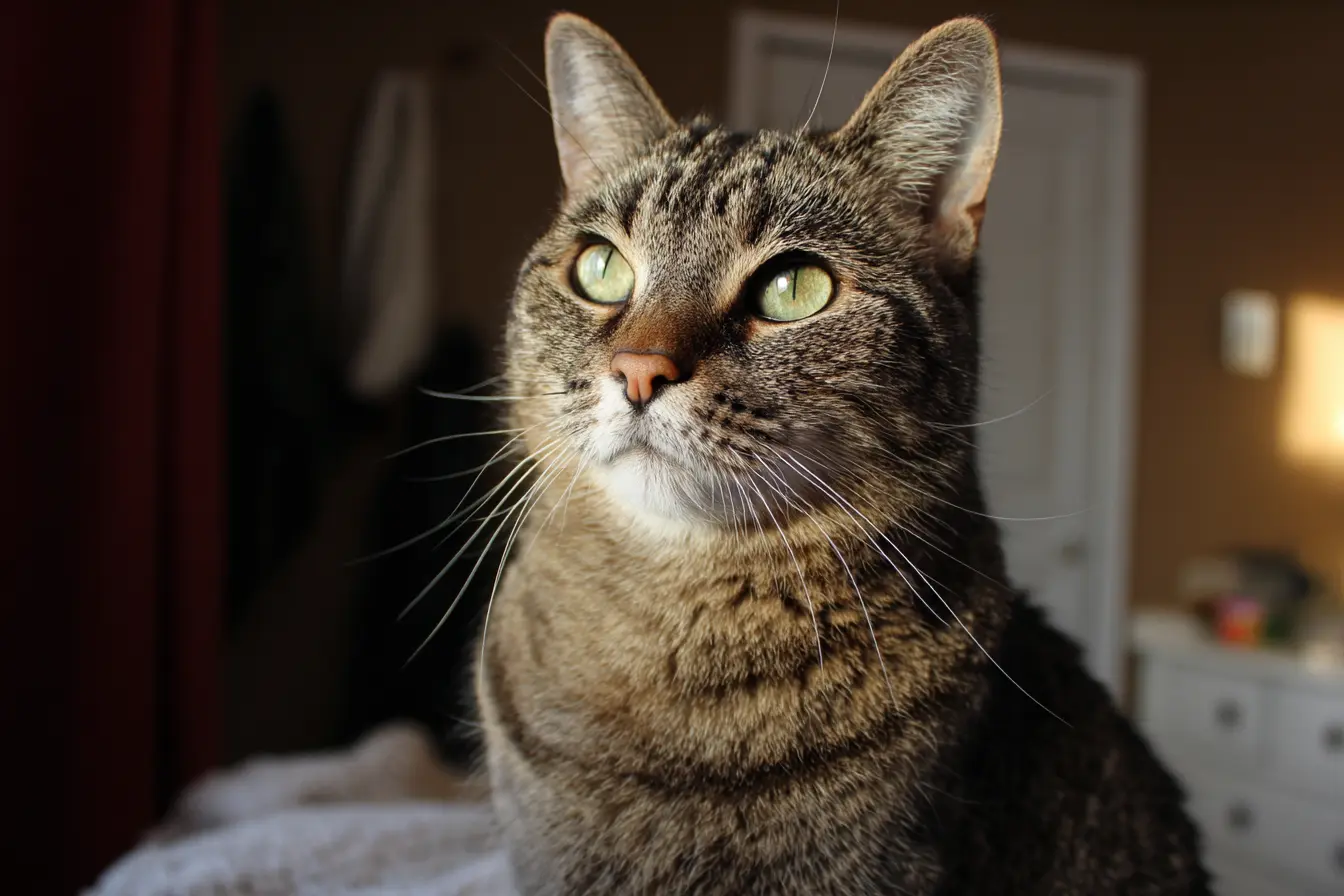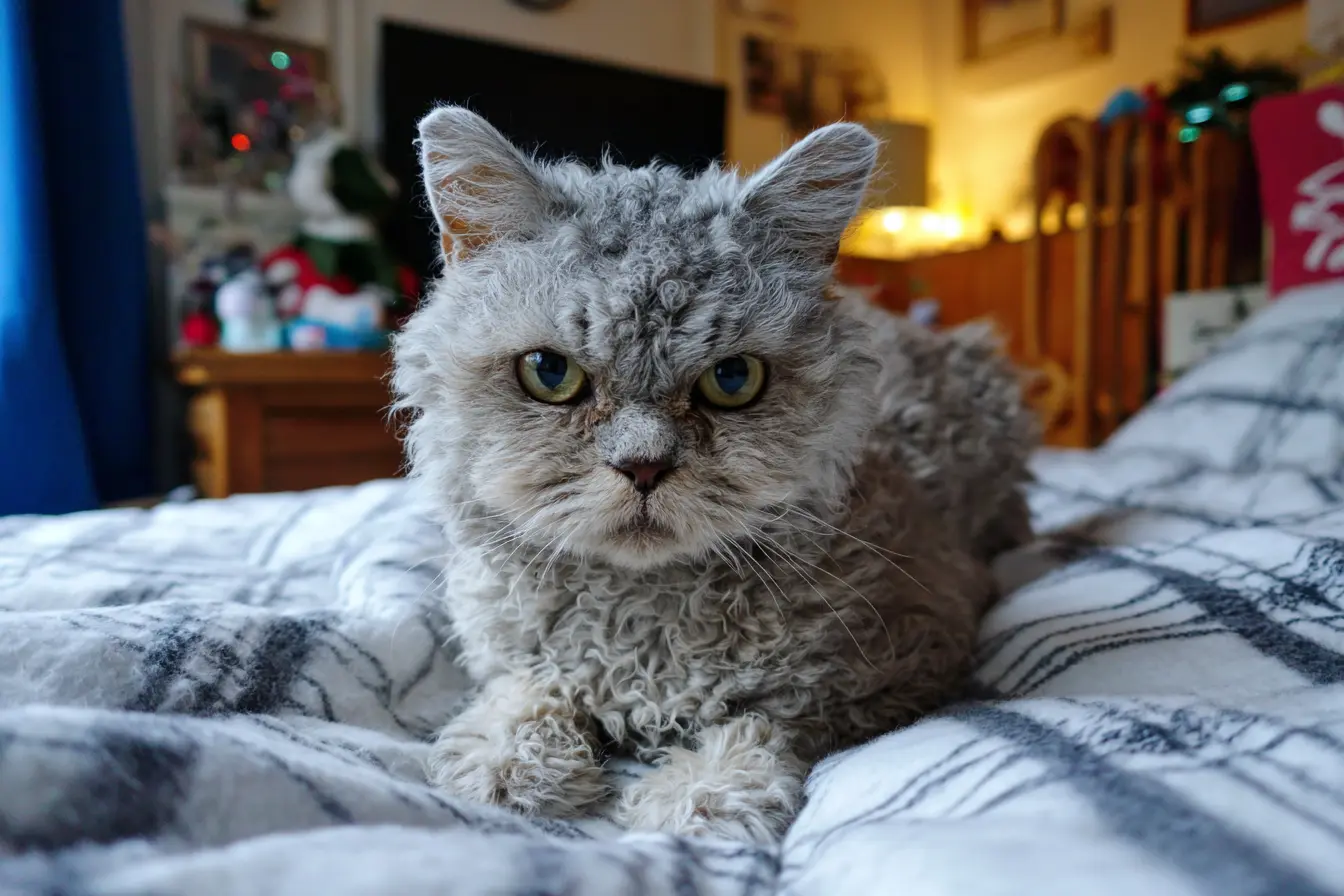
The Exotic Shorthair cat: a sweet-natured companion with a plush look
If you love the look of the Persian cat but prefer a lower-maintenance coat, the Exotic Shorthair could be your perfect match. This affectionate and gentle breed has all the charm of its long-haired cousin, paired with a soft, teddy bear-like appearance and a more manageable grooming routine. In this guide, we’ll explore the Exotic Shorthair’s history, temperament, care needs and suitability as a companion cat.
Breed history and characteristics
The Exotic Shorthair was developed in the United States in the 1960s by crossing Persian cats with American Shorthairs and other short-coated breeds. The goal was to create a cat with the Persian’s sweet temperament and round features but with a shorter, easier-care coat. The result was a breed that quickly gained popularity and became a favourite among cat lovers worldwide.
Exotic Shorthairs are medium to large in size with a sturdy, cobby build. They have a flat face, round head, and large, expressive eyes that give them a perpetually sweet expression. Their plush, dense coat stands out from the body and comes in a wide variety of colours and patterns, from solid and tabby to colourpoint and bicolour.
Temperament
Exotic Shorthairs are affectionate, calm and devoted to their humans. They tend to be quieter than many breeds, often expressing themselves with soft chirps or gentle purring. While not as demanding as some breeds, they do enjoy attention and thrive on companionship.
They are typically easy-going and get along well with children, other cats and even cat-friendly dogs. Unlike their Persian ancestors, Exotics are a little more playful and curious, often enjoying interactive toys and gentle games. However, they are just as content to curl up beside you for a nap.
Health and lifespan
Exotic Shorthairs usually live between 12 and 15 years, although many live longer with good care. Like Persian cats, they can be prone to some health issues, especially due to their brachycephalic (flat-faced) structure. Potential concerns include:
- Breathing difficulties
- Tear duct overflow and eye staining
- Dental misalignment
- Polycystic kidney disease (PKD)
Reputable breeders will screen for genetic issues such as PKD and prioritise responsible breeding practices to minimise health risks. Regular vet visits and a good diet also play a key role in keeping your Exotic healthy.
Grooming and care
One of the key advantages of the Exotic Shorthair is its coat. Unlike the Persian, it has no long flowing fur, which means less matting and tangling. Weekly brushing is usually enough to keep the coat in good condition and reduce shedding.
Due to their flat faces, many Exotics need their eyes gently wiped daily to remove tear staining. Other routine care includes:
- Regular nail trimming
- Ear checks and cleaning
- Dental hygiene through brushing or dental treats
They are indoor cats and should be kept in a safe, clean environment with cosy places to rest and low-stress routines.
Living environment
Exotic Shorthairs are well suited to a range of living environments, from small flats to spacious homes. They are generally undemanding and happy as long as they have a quiet, comfortable space and the company of their favourite people.
They do well in households with other pets or older children who understand how to handle animals gently. While not particularly athletic or high-energy, they enjoy bursts of play and benefit from soft toys, scratching posts and gentle interaction.
Training and socialisation
Exotic Shorthairs are intelligent and can be trained to use litter boxes, scratching posts and feeding routines easily. They respond well to positive reinforcement and gentle encouragement. Early socialisation helps them become confident, well-adjusted pets who are comfortable with visitors and new experiences.
While they are not known for performing tricks, their relaxed attitude and loving nature make them ideal for those wanting a peaceful, cuddly companion.
Considerations for prospective owners
- The Exotic Shorthair requires minimal grooming but needs regular eye care due to tear staining
- They are calm and affectionate, thriving in peaceful households with plenty of attention
- Prospective owners should choose a reputable breeder who tests for hereditary conditions like PKD
Conclusion
With their soft coats, round faces and loving nature, Exotic Shorthairs make a delightful addition to many types of homes. They combine the appeal of the Persian with a more practical grooming routine and a slightly more playful attitude. Perfect for those seeking a sweet, relaxed companion, the Exotic Shorthair offers years of gentle affection and quiet companionship.
If you're considering this charming breed, be sure to meet Exotic Shorthairs in person and speak with a responsible breeder or rescue organisation. As with any pet, adopting a cat is a long-term commitment that should be made with care and a clear understanding of their needs.
Vets near you
Speciality vets
- Aquatics vet specialists
- Birds vet specialists
- Camelids vet specialists
- Cats vet specialists
- Cattle vet specialists
- Deer vet specialists
- Dogs vet specialists
- Equines vet specialists
- Exotic vet specialists
- Goats vet specialists
- Pigs vet specialists
- Poultry vet specialists
- Sheep vet specialists
- Small Mammals vet specialists
- Wild vet specialists



